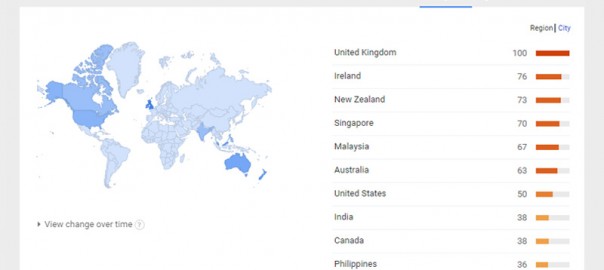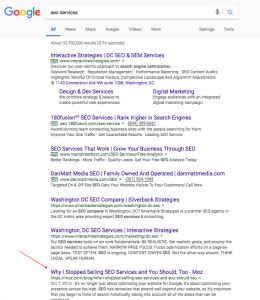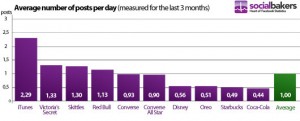
A few years back, when Google ceased using meta-tag based key words as website page ranking metrics, many organisations turned to alternatives such as link building as an optimisation methodology.
The issue with key words is that they could be amassed, analysed and scattered around a website like confetti, bringing no meaning, cohesion or even honesty to the web presence.
From bad to worse
There was no considered marketing communication, argument or offer, just an assemblage of disjointed words, allowing the website to gain visibility without needing to engage or persuade visitors.
This has always struck me as disingenuous, as it set out to attract website visitors without offering anything in return. After the cessation of key words, the industry moved on to link-building, which basically offered more of the same, if not worse.
Growing online savvy
Then emerged a neat trick. The truth. Online strategists and content marketers began to realise that website visitors had become savvy and their new-found discernment meant they were more selective in website visit and page-view decisions.
These people wanted honesty and transparency and did not want to be drawn or directed to website content that was actually inappropriate to their search requirements. They wanted the whole narrative, the whole story.
On-page honesty
This growing discernment and demand for great narrative has led to the emergence of marketing content designed to attract, engage and persuade website visitors in a much more transparent way.
This is great for the website visitor as they now get a very clear picture of the website owner’s offer and are able to make informed decisions. So this all looks like a win-win situation – except it isn’t, at least not for the website owner and marketing content developers.
Carefully chosen words count
What this means is content marketers have had to re-invent language, as every sentence now counts. On-page search engine optimisation (SEO) demands key phases become the very essence of the narrative.
Content marketers must now construct sentences and paragraphs so as to place key phrases early in the sentence to ensure greater visibility in search returns.
Not only this, but if communicating with, say, multiple countries that share a single language, then to ensure consistent, transnational SEO, local terminology needs to be included.
Think different
Let’s take a common search term such as ‘car engine oil’ and see how it plays out. This search term is valid for UK, but if you want to hit Australia, New Zealand and India, the search term ‘engine oil’ will improve returns.
By contrast, the search term ‘motor oil’ will optimise North American markets, but will perform less well in UK, Australia, New Zealand and India. Therefore, when working transnationally, an amalgamation of search terms will be required in marketing content, in varying combinations.

Dramatic invisibility
As can be seen, ensuring optimum visibility means placing key search terms as early as possible in content, and page headlines are ideal for this. But caution is required.
Placing headlines over dramatic and engaging images is a great way of drawing page visitor attention, but always ensure if your web design team do this, they don’t place these important and well-crafted headlines in images.
Image or animation formats cannot be read in a search engine website crawl, so if you do place headlines in these formats, you will have rendered your search term completely invisible.
All is not as it appears to be
So weirdly, SEO is not all about content. Here at Novacom we’ve won our fair share of awards, but I think the ones the team here are most proud of are those where we’ve applied web design as a search optimisation tool.
Clearly, there is much to consider in order to ensure your SEO strategy is delivering best performance. But it is your digital agency’s attention to the fine detail discussed here that will ensure robust and long-term visibility.
Primary photography: Vintage Microphone by Ryan McGuire.
Secondary photography: Meeting folks by Financial Times photos. Licensed under Creative Commons Attribution 2.0
This post was originally published on the Novacom blog.
(310)
Report Post




